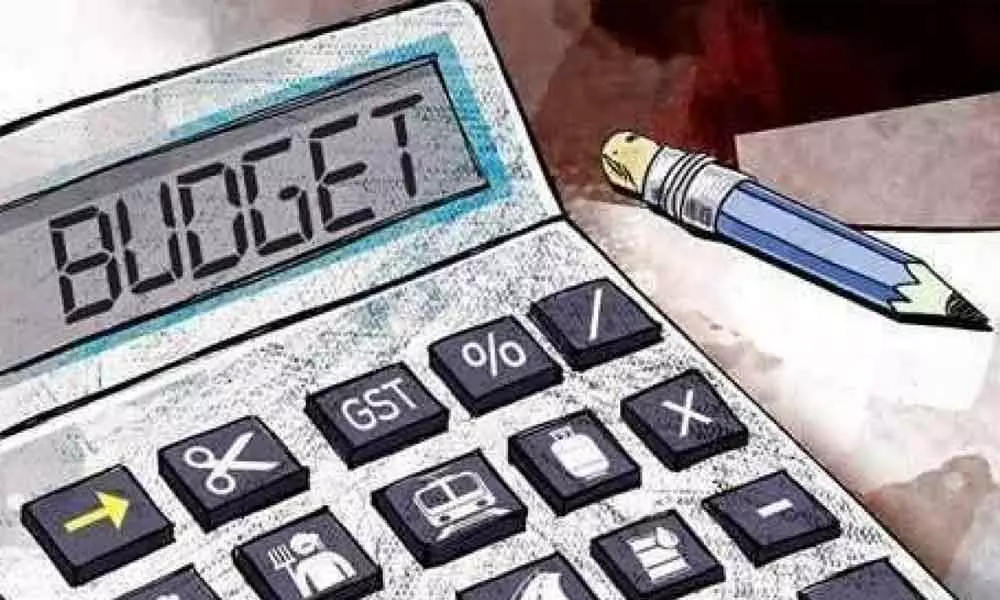Live
- Union Minister Nitin Gadkari called Maha Kumbh-2025 a vibrant expression of Sanatan culture
- Hitech medical facility saves devotees' life
- Pariksha Pe Charcha: Class 12 Delhi student Vaibhav thanks PM Modi for positive impact on exam preparation
- Production begins at Rajhara North Coal Block in Jharkhand, to boost economy
- Gujarat Air Force Association organises annual memorial lecture on national security
- RJD MP urges Nitish Kumar to demand special package for Bihar during Delhi visit
- Indian Navy's training ships undertake professional exchanges in Cambodia
- PM Modi’s advice during ‘Pariksha Pe Charcha’ helped me overcome exam fear: 10th grader Ananya Batham
- Odisha: Key suspect in murder case surrenders in Bhubaneswar
- Gujarat: Man pressures woman for religious conversion in Vadodara









